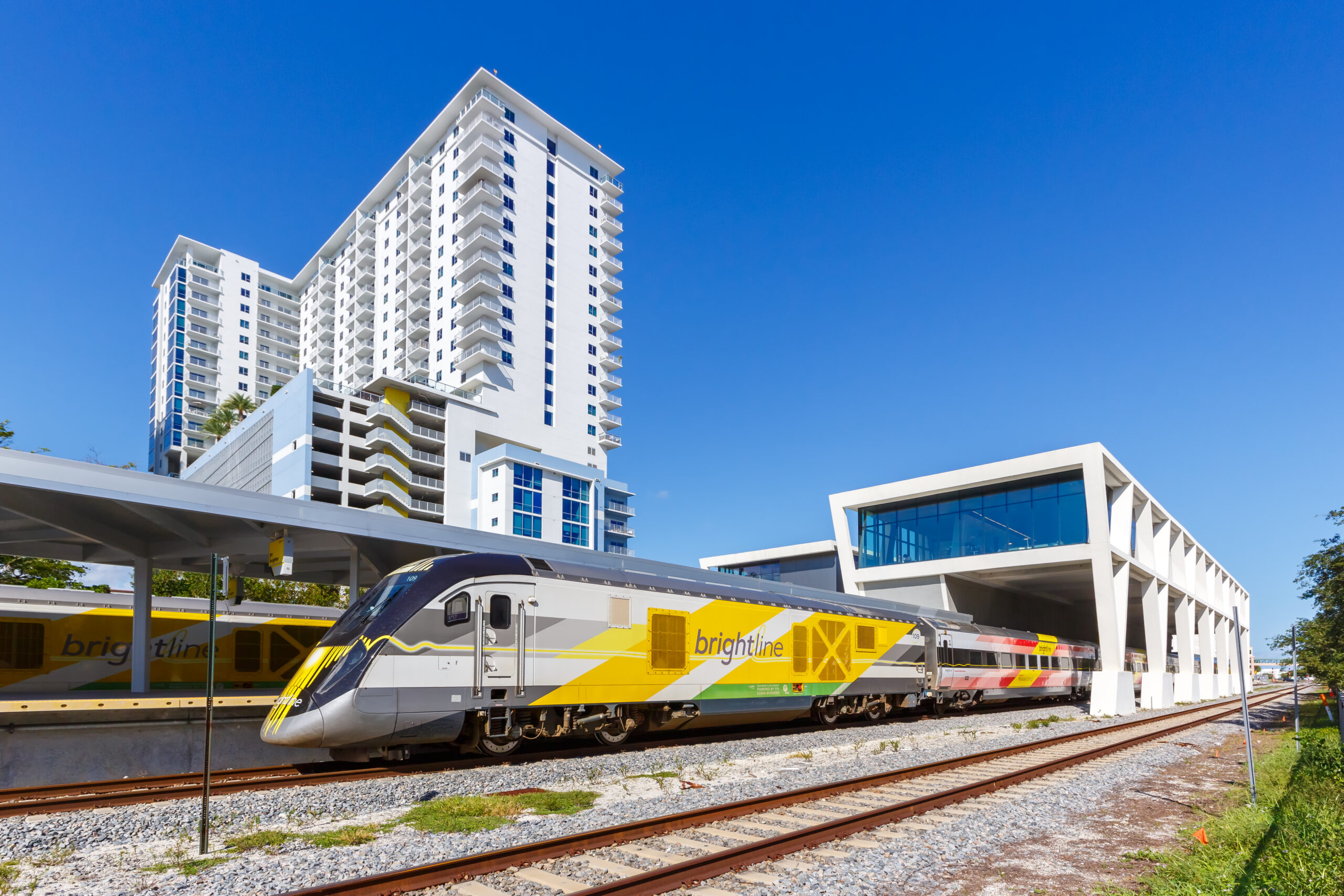The Formula for High-Speed Rail Success
October 12, 2023

Posted by Larry B. Jordan
High-speed rail networks play a pivotal role in connecting major cities and bridging the divide between urban and rural regions, contributing to the overall growth and development of our nation. These systems provide a fast and efficient mode of transportation that is vital for enhancing mobility and accessibility.
In the context of the United States, the development of high-speed rail is particularly relevant. Connecting major cities along the coasts and within the central regions can transform the way people travel and do business. One example is California’s high-speed rail project, which aims to link major cities along the coast and within the Central Valley. This endeavor not only facilitates the movement of people but also helps boost the economy by enabling faster and more convenient travel.
High-speed rail networks must balance the need for efficiency by limiting frequent stops. This balance is essential to maintain high-speed capabilities and minimize travel times, especially between major cities. The benefits extend beyond the urban areas, as the towns along the routes also experience positive impacts. While high-speed trains may not stop as often in smaller towns, they can indirectly benefit these communities by increasing accessibility and attracting businesses and tourists.
Understanding passenger behavior and preferences is key to designing an effective high-speed rail network. By collecting data on passenger numbers, transportation authorities can identify peak travel times and high-traffic routes. This data-driven approach enables the optimization of schedules, leading to efficient service and higher passenger satisfaction. High-speed rail becomes not only a means of transportation but a customer-centric experience.
Despite these advantages, it is essential to consider the financial feasibility of high-speed rail projects. The initial investment in construction and infrastructure development can be substantial. For high-speed rail projects to thrive, they require a supportive regulatory environment. Governments and transportation authorities must collaborate to create policies that incentivize private investments, streamline permitting processes, and ensure safety standards are met. An efficient regulatory framework can significantly reduce project timelines and lead to successful implementation.
When a high-speed rail project is customer-centric and financially pragmatic, combined with reducing traffic congestion, increasing sustainability, and the societal benefits of increased mobility between urban and rural areas, the project can be an engine for economic growth. The Brightline extension in Florida seems to meet these criteria, and we should be watching it closely to see if this model should be followed and refined for each high-speed rail project in the U.S.
